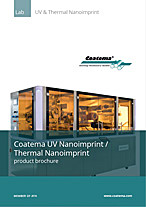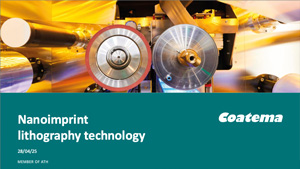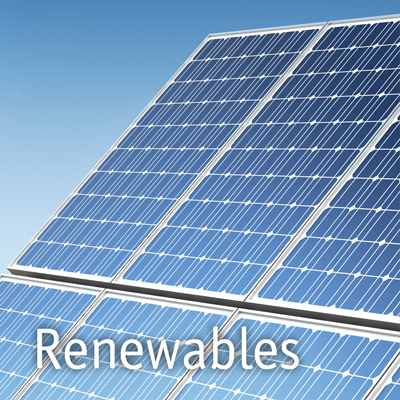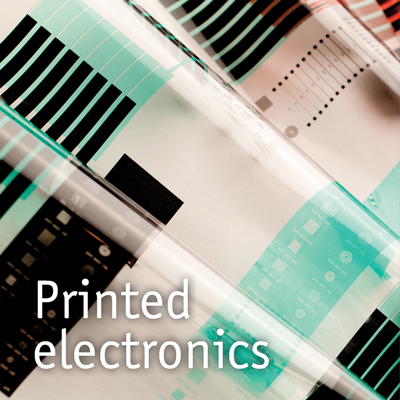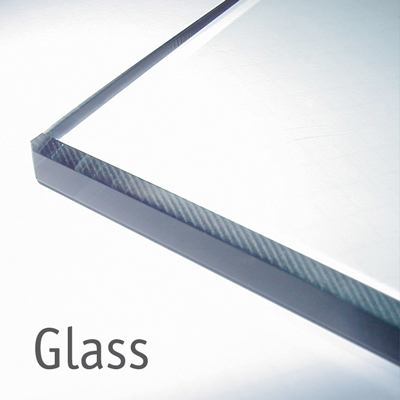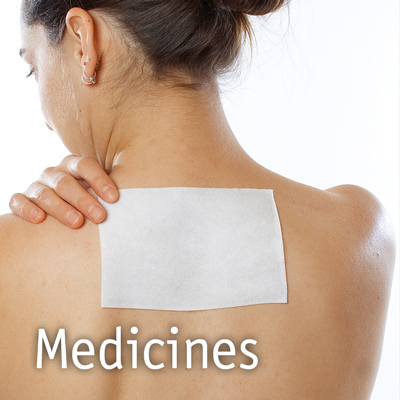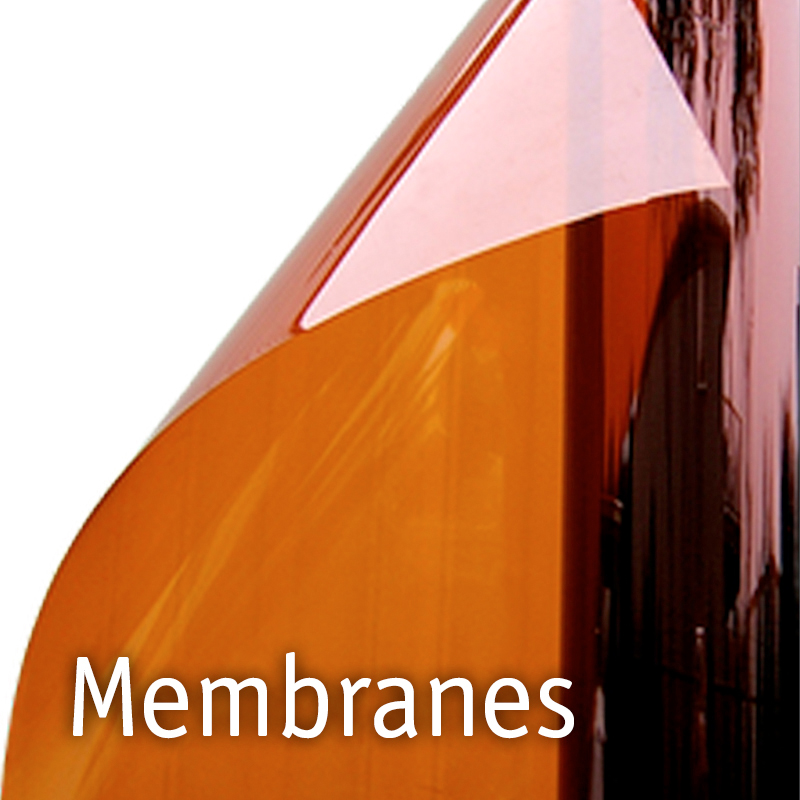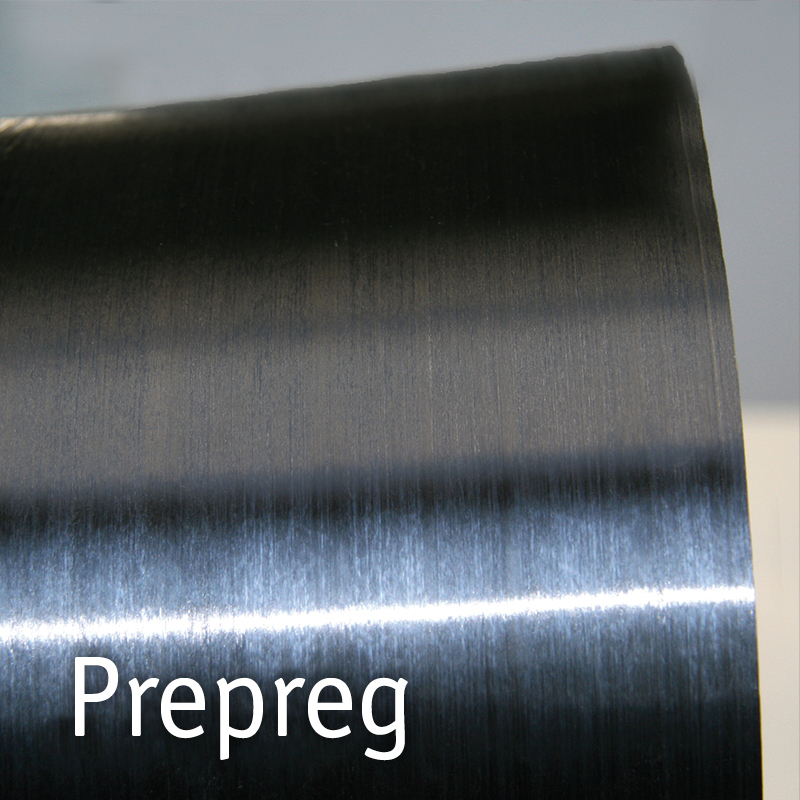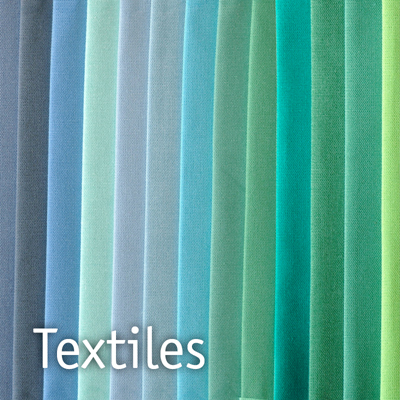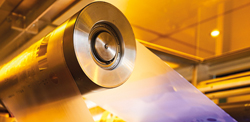Coatema R2R Nanoimprint Lithography: Advanced technology for diverse applications:
Nanoimprint Technologies, R2R (roll-to-roll), provide next-level imaging and processing tools for the most exacting nano and micro imprinted structures. Nanoimprint Lithography is relevant due to its throughput capabilities for premium quality production processes across various resolutions. Coatema offers cutting-edge R2R solutions for a wide range of industrial applications.
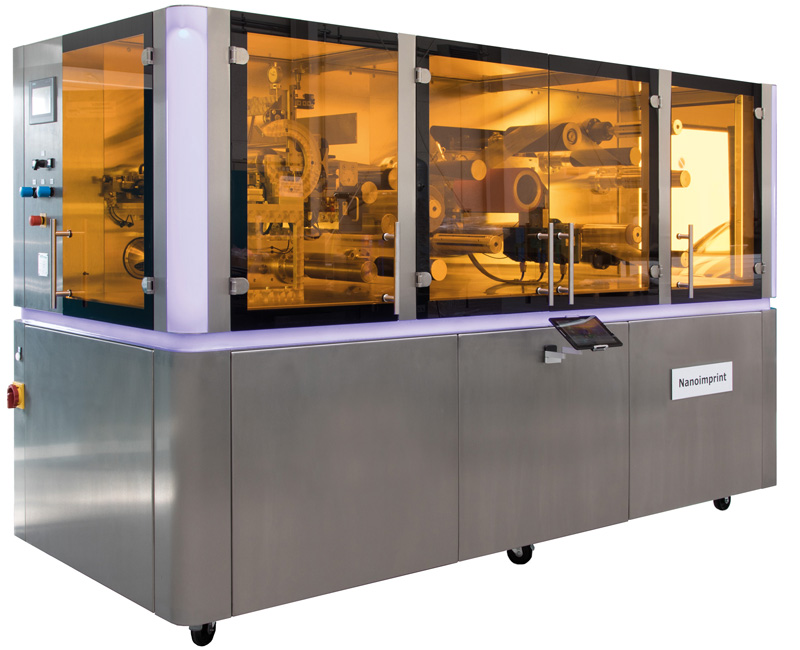
R2R Nanoimprint lithography technologies and processes
Coatema specializes in both UV and Thermal Nanoimprint technologies in a Roll-to-Roll (R2R) format.
UV NIL (Roll-to-Roll)
The R2R UV NIL process enables the continuous production of nano- and microstructures. It begins with the application of a liquid photopolymer resist onto a flexible substrate using precise R2R coating methods such as Slot die. The substrate then passes under an imprint mold while being exposed to UV light, which cures the resist and transfers the pattern. This process is typically conducted at room temperature. Key advantages of R2R UV NIL include short process times, the versatility of using hard or soft molds, low imprint pressure, high replication resolution, and minimal material shrinkage. Achieving high quality in R2R UV NIL requires careful control of parameters such as resist properties (chemical formulation, viscosity), the condition of the embossing drum (impurities, machining errors, wear), and coating homogeneity. Successful imprints with feature sizes from several mm down to 40μm have been achieved.
Process flow
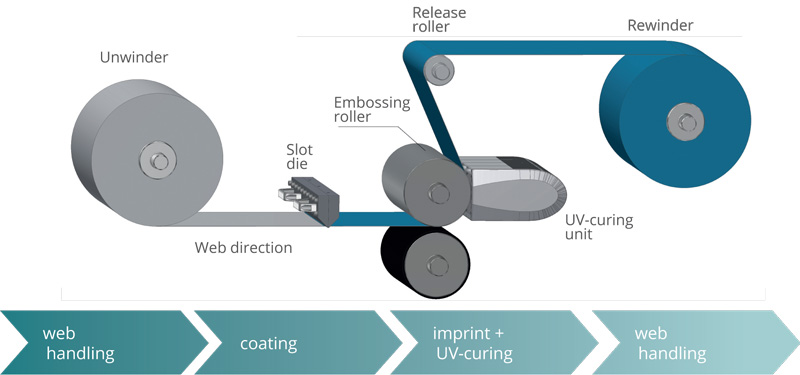
Thermal NIL (Roll-to-Roll)
R2R Thermal NIL is employed for thermoplastic substrates or resists. In this process, a thermoplastic polymer resist is coated onto the substrate. The material is then heated above its glass transition temperature (T_G) and pressed with a hard imprint mold to transfer the pattern. After imprinting, the material is cooled while still under pressure to set the structure before the mold is released. Thermal NIL is a one-component system but generally has longer process times and involves higher imprint pressure compared to UV NIL.
Both R2R UV NIL and Thermal NIL systems can incorporate various inline processes such as surface activation (Corona, plasma, chemical treatment) and different drying and crosslinking systems.
Coating units
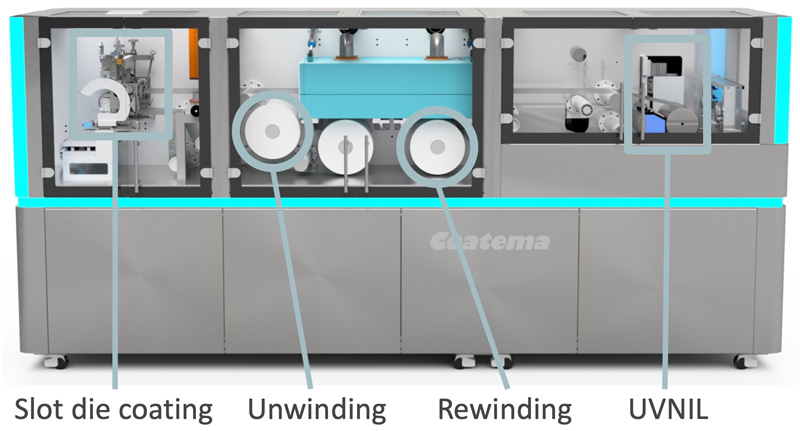
From lab to fab: Upscaling R2R processes
Coatema provides a comprehensive equipment platform strategy for lab2fab, offering lab, pilot production, and full-scale production lines. Our R&D centre in Dormagen, Germany, is equipped with over 10 pilot lines with working widths from 100 mm up to 500 mm. This enables scaling laboratory equipment to facilitate stable pilot production and reduce costs. The R&D centre is the world's largest and most versatile centre for coating, printing, and laminating, offering experienced staff and well-equipped labs to accelerate innovation and bridge the gap from #lab2fab. We provide needs-based analysis and deliver measured, actionable results throughout the process development and upscaling phases. This allows us to take processes from idea to product for various applications.
In the R&D centre we have specific imprint tools, like a wafer imprint tool, a trasparent roller imprint on 500 mm working width and a UV imprint tool also on 500 mm. A thermal imprint system on 500 mm is also available, beside all the other technologies like, slot die, engraved roller, dryer and substrate treatment like Corona.
Our Coatema R&D centre engineers are ready together with our suppliers for polymer and nickel shims to find the wright solution for your product and process.
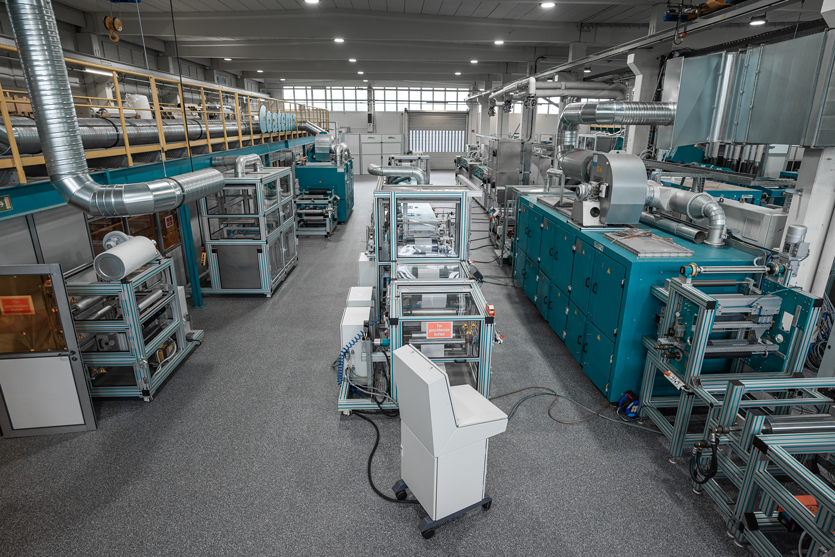
Diverse applications of R2R Nanoimprint Lithography
Coatema's R2R Nanoimprint Lithography technology is a key enabler for advanced products across numerous markets, providing next-level functionality for product surfaces, performance, or aesthetics.
- Displays: Creation of optical structures for improved display performance, including brightness enhancement films and anti-reflective surfaces.
- Self-cleaning surfaces: Manufacturing of surfaces with anti-sticking and super hydrophobic properties through the creation of specific micro- and nanostructures.
- Batteries: Potential applications in the production of battery components requiring precise patterning.
- VR and HUD displays: Fabrication of diffractive optical elements and other micro-optics essential for advanced virtual reality and heads-up displays.
- Printed electronics: A core application area, enabling the creation of patterned conductive layers and other functional elements on flexible substrates.
- Photonics: Development of photonic structures for various optical applications.
- Life Science: Production of microfluidic structures and surfaces with specific biological interactions, such as antibacterial surfaces.
- Solar: Enabling the production of patterned layers for improved solar cell efficiency.
- Green hydrogen: Contributing to the manufacturing processes for components used in green hydrogen technologies.
Our technology provides an endless toolbox of designs and surfaces for nano and micro structures.
Talk to us and contact our sales team and download our presentation and brochure.
Modular layout
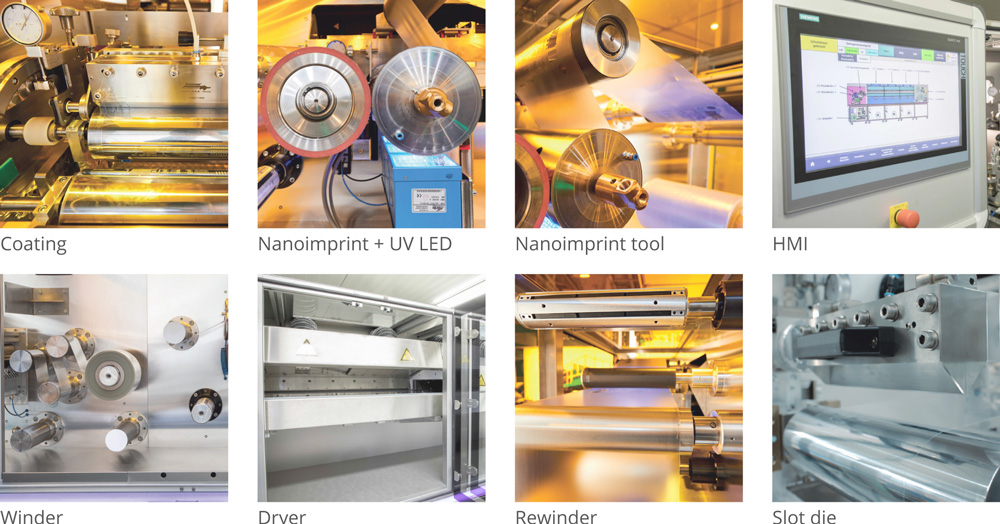
Diverse application experience:
Coatema's success lies in the diversity of its market strategy being active in established production markets while cultivating new technology market. New markets having seen a major increase over the past 20 years.
Our 40-year corporate strategy of focusing on innovation has allowed us to tap growth markets with new technologies for coating, printing and laminating.
Innovators from many sectors have recognised our potential and used it to work with us profitably in: solar cells, fuel cells, nanotechnology, batteries, textiles, films, pharmaceuticals and more.
Nothing will change in this regard in the future. We will continue to focus on scaling technologies from „lab2fab“ as well as on the integration of new technologies such as lasers, nanoimprinting and inkjet into our lab pilot and production products.
Coatema is the perfect partner for anyone who needs help to drive their ideas forward towards realisation. Thanks to our know-how and application experts in our core competencies, we can do this regardless of the market.
Below is an overview of our most important growth markets.




